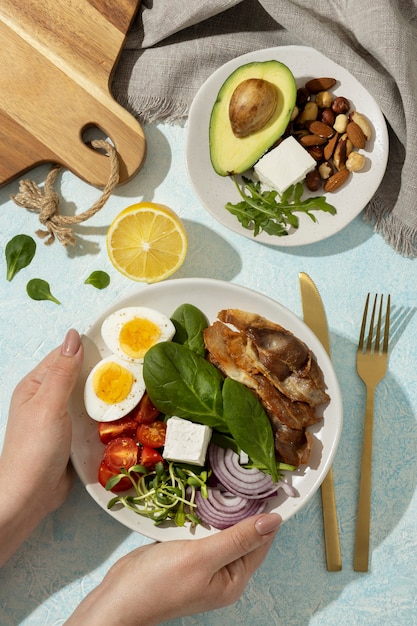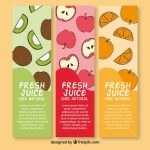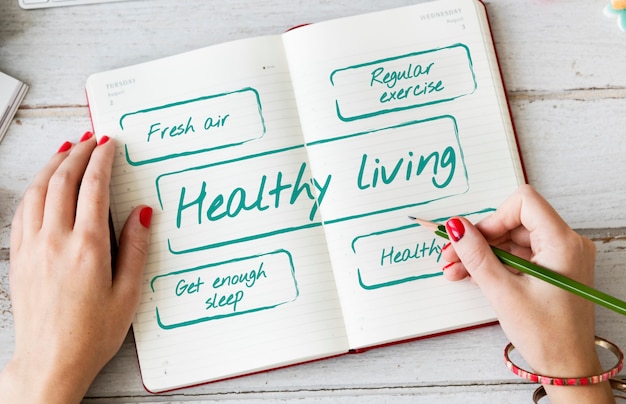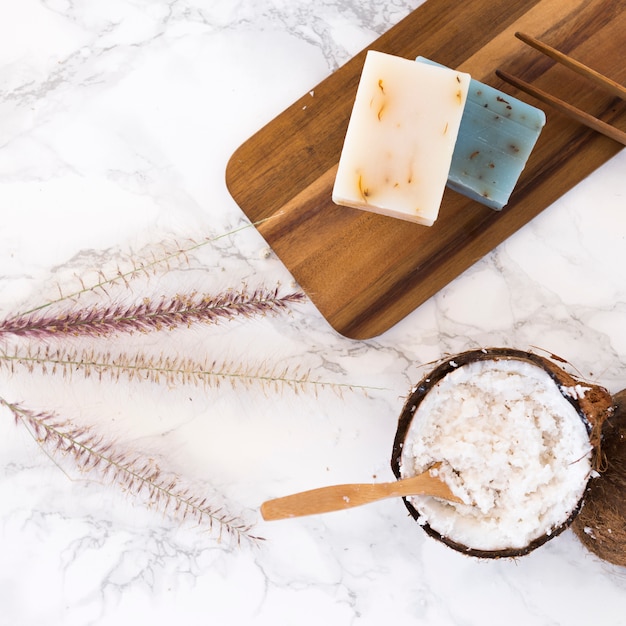
Cutting out all your favourite foods, like barbecue and ice cream, can make dieting feel like torture, right? But what if I told you there’s a way you can still enjoy fatty foods? Meet the Ketogenic, or Keto, diet.
Originally developed to help kids with epilepsy, the Keto diet proves successful for a range of purposes, including weight loss and general health improvement. This diet focuses on low carbs, moderate protein, and high fat. When your body is low on carbs and protein, it enters a state called ketosis, where it produces a chemical called ketones that transform fat into energy. This also makes the Keto diet popular among people aiming to shed extra weight.
Unique about the Keto diet is its focus on high fat. Instead of avoiding fat, you’re consuming it, while drastically lowering your carb intake. If the choice is between ‘no bread, no meat’ and ‘no bread, but with meat’, which would you pick? (Unless you’re a vegetarian, of course!)
But the Keto diet isn’t just about stuffing yourself with meat, nuts, heavy cream, oils, and milk. Because the diet relies on ketosis, the quantity of carbs you eat is critical. Eat too many, and you’ll break your ketosis state. The fat you’ve eaten won’t convert into energy, but will be stored in your body instead.
Be careful with foods high in both fats and carbs. Some of them — bananas, grapes, raisins, dates, mangoes, and pears, as well as starchy vegetables like potatoes, sweet potatoes, yams, and corn — might seem innocent, but they have a high carb content.
Instead, opt for high-fat, low-carb foods like fatty cuts of fresh, unprocessed meat (preferably grass-fed), extra virgin olive or avocado oil, and especially cheese.
Yes, cheese! Cheese isn’t just permitted in the Keto diet because of its high fat and low carb content, but also for the protein. Take note, however, not all cheeses are created equal.
If you’re a cheese lover, you’ll be delighted to hear you can continue eating it on the Keto diet. However, not all cheeses are Keto-friendly. It’s always better to opt for natural cheeses, ones without added chemicals or additives, which could increase calorie intake. Fresh, unprocessed cheese is the best bet, so avoid processed kinds like cheese spread or cheese sticks whenever possible.
Harder cheeses are typically better, as they contain less sugar. Hard cheeses like cheddar, parmesan, brie, camembert, goat cheese, and feta supply low carb content, while soft or processed cheeses like cheese spread and cream cheese contain varying sugar amounts. Always check food labels to see which cheese has less carbs.
Remember, although cheese is Keto-friendly, it’s crucial to avoid overeating, thanks to its slightly salty and addictive taste. Even though cheese fits with the Keto diet, too much of anything can be harmful.
In my opinion, the Keto diet is a more enjoyable and straightforward diet for cheese-lovers. Knowing I can still enjoy my favourite food (albeit in moderation) helped me stay committed to my diet.
Are you already on a Keto diet, or are you considering starting? What’s your take on the role of cheese in the Keto diet? Share your thoughts below!









